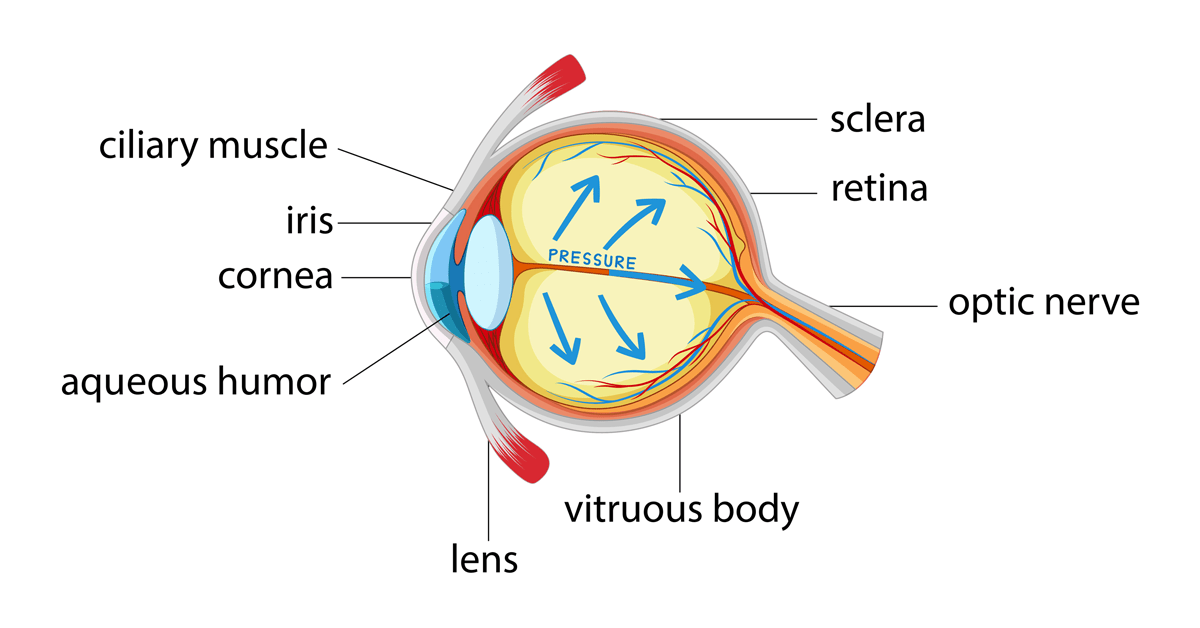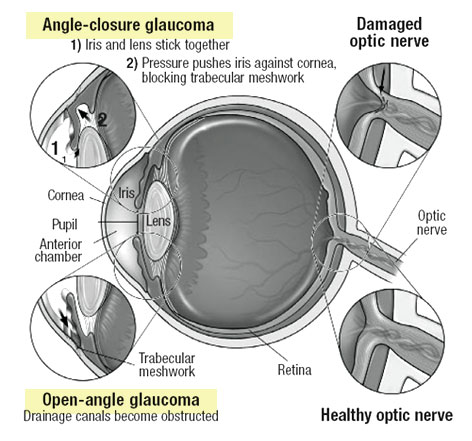Sophisticated Refractive Surgeries in AL: Transform Your Vision Today
Sophisticated Refractive Surgeries in AL: Transform Your Vision Today
Blog Article
Understanding the Various Vision Improvement Procedures Available for Clearer View
In the realm of vision modification procedures, a plethora of alternatives exist to address refractive errors and give people with clearer view. From the commonly identified LASIK surgical procedure to less invasive procedures like PRK and implantable lenses, the field of ophthalmology supplies an array of techniques tailored to fit different needs and preferences. Each procedure includes its own collection of factors to consider, advantages, and possible dangers. Understanding the nuances of these vision improvement techniques is crucial for making informed decisions regarding one's visual health. Let's explore the complexities of these treatments and clarified the course to achieving boosted vision quality.
LASIK Surgical Treatment
LASIK surgery is an usual refractive treatment utilized to fix vision issues such as astigmatism, farsightedness, and nearsightedness - retina service near me. This surgical technique, which represents Laser-Assisted sitting Keratomileusis, aims to improve the cornea to enhance how light is concentrated on the retina, eventually enhancing vision clarity. Throughout the procedure, a thin flap is produced on the cornea, and a laser is used to eliminate exact quantities of tissue to reshape it appropriately. This improving enables for light to be accurately focused onto the retina, correcting refractive mistakes.
One of the key advantages of LASIK surgical procedure is the fast improvement in vision experienced by clients. Several individuals discover a substantial improvement in their eyesight promptly after the treatment. Additionally, most clients report minimal discomfort and discomfort during the surgical procedure and healing period. The healing time for LASIK is reasonably fast, with numerous individuals going back to their day-to-day activities within a day or more post-operation. Overall, LASIK surgical treatment is a prominent choice for individuals seeking a lasting remedy for their vision troubles.
PRK Procedure
While additionally an usual refractive treatment, the PRK (Photorefractive Keratectomy) technique varies from LASIK surgery in its strategy to dealing with vision problems. In PRK, as opposed to creating a flap on the cornea, the external layer of the cornea, called the epithelium, is totally gotten rid of. This enables the laser to improve the cornea to fix refractive errors such as astigmatism, nearsightedness, and farsightedness directly on the surface area.

In spite of the longer recuperation time, PRK can generate superb outcomes in vision improvement, making it an important option for those who may not be suitable candidates for LASIK surgery.
Implantable Lenses
As opposed to PRK where the cornea is reshaped directly, implantable lenses provide one more approach for dealing with vision by putting artificial lenses inside the eye. This treatment is particularly beneficial for individuals with high levels of farsightedness, nearsightedness, or astigmatism who may not be appropriate candidates for laser surgeries like LASIK or PRK.
Implantable lenses, additionally referred to as phakic intraocular lenses, work by supplementing the eye's all-natural lens with a fabricated one. eyecare near me. These lenses can be positioned before the natural lens (former chamber) or behind the iris and before the all-natural lens (posterior chamber) By readjusting the power and positioning of these lenses, ophthalmologists can effectively correct refractive errors and enhance aesthetic acuity
One benefit of implantable lenses is that they are exchangeable and removable, providing flexibility for future modifications. Nevertheless, as with any type of procedure, there are risks involved, such as infection or cataract development. Patients taking into consideration implantable lenses ought to seek advice from an eye treatment expert to establish the most ideal option based upon their individual needs and eye health and wellness.
Corneal Rings
Corneal rings, also called intracorneal ring sectors, are tiny, transparent gadgets inserted into the cornea to correct vision distortions such as keratoconus. Keratoconus is a condition where the cornea thins and protrudes outside, creating vision to come to be distorted. The insertion of corneal see page rings aids to flatten the cornea, enhancing visual skill and decreasing the irregular astigmatism brought on by keratoconus.
The treatment for inserting corneal rings is fairly fast and minimally invasive, frequently done as an outpatient procedure. Throughout the surgical treatment, the eye doctor makes a tiny cut in the cornea and inserts the rings at a particular depth. As soon as in position, the rings assist to reshape the cornea, offering a smoother surface area for light to get in the eye, which can result in more clear vision.
Corneal rings are considered a reversible procedure, as they can be gotten rid of More Bonuses or replaced if needed. retina service near me. While they may not totally get rid of the requirement for glasses or get in touch with lenses, corneal rings can significantly improve vision top quality and total aesthetic convenience for individuals with keratoconus or various other corneal abnormalities
Refractive Lens Exchange
Adhering to the modification of corneal abnormalities with treatments like corneal rings, one more vision adjustment strategy that can attend to refractive mistakes is Refractive Lens Exchange (RLE) RLE is a medical treatment that entails replacing the eye's natural lens with a fabricated intraocular lens (IOL) to correct refractive errors such as farsightedness, nearsightedness, and presbyopia. This procedure is specifically beneficial for people that may not appropriate candidates for treatments like LASIK or PRK as a result of variables such as thin corneas or high refractive mistakes.

Final Thought
In final thought, there are numerous vision correction treatments offered to assist individuals attain more clear sight. LASIK surgical treatment, PRK procedure, implantable lenses, corneal rings, and refractive lens exchange are all options that can resolve see this website different vision concerns. It is necessary for individuals to talk to their eye care company to determine one of the most suitable procedure based upon their specific requirements and choices. With developments in technology, accomplishing improved vision is currently more accessible than ever before.
In the realm of vision modification procedures, a wide range of choices exist to attend to refractive errors and give people with more clear sight.LASIK surgical treatment is an usual refractive procedure made use of to fix vision problems such as farsightedness, astigmatism, and nearsightedness.While also a typical refractive treatment, the PRK (Photorefractive Keratectomy) technique varies from LASIK surgical procedure in its method to fixing vision problems.Following the correction of corneal abnormalities with procedures like corneal rings, an additional vision modification technique that can address refractive mistakes is Refractive Lens Exchange (RLE) LASIK surgical procedure, PRK treatment, implantable lenses, corneal rings, and refractive lens exchange are all alternatives that can address different vision concerns.
Report this page